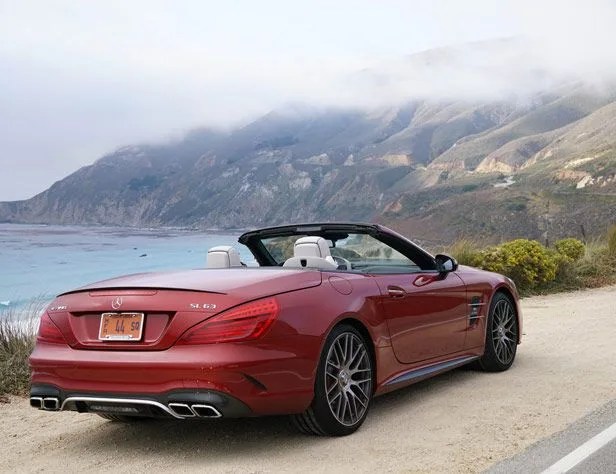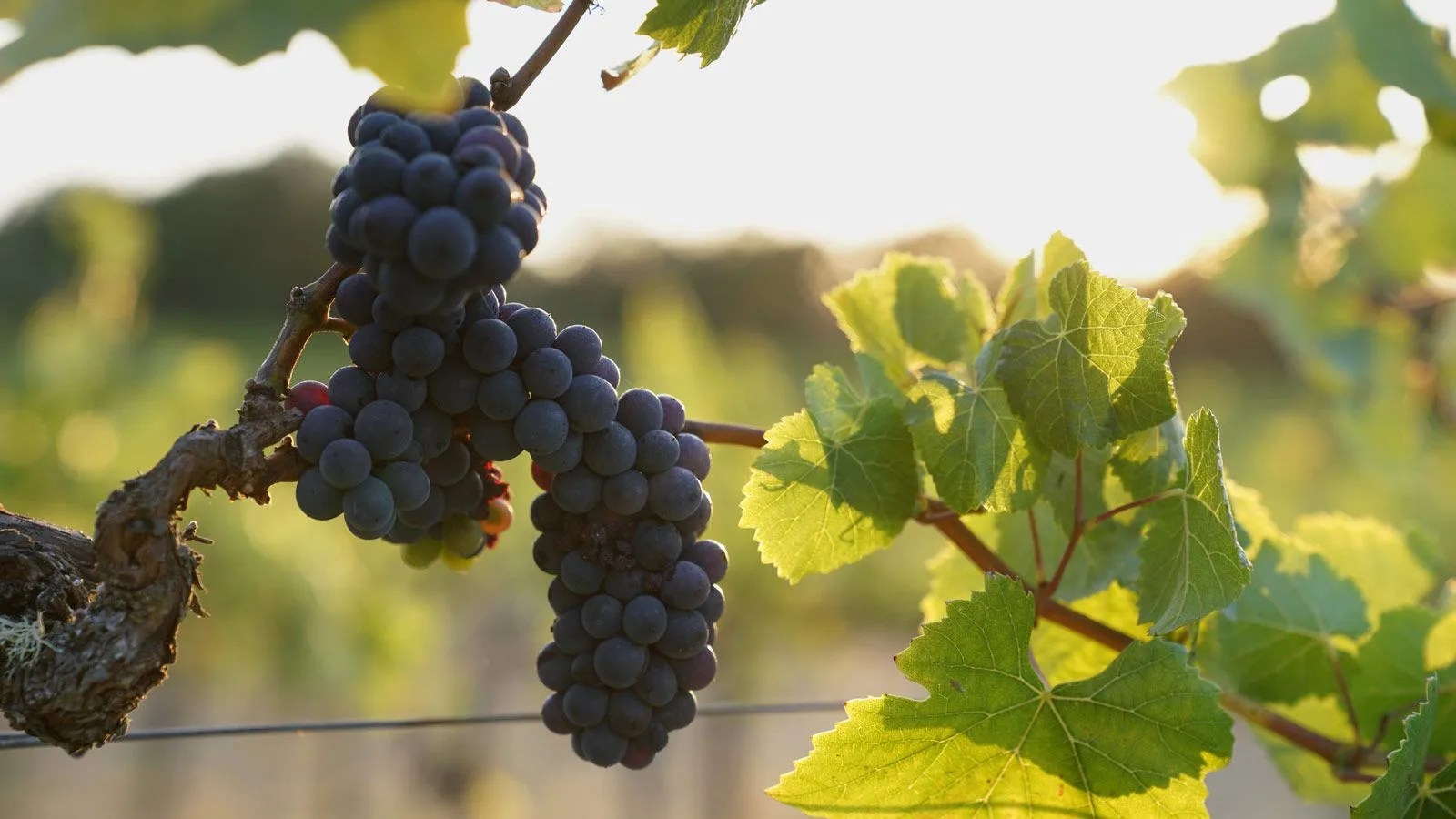I’ve never been a wine drinker. I drink beer. I drink whiskey. And I drink margaritas. If someone wanted to make me a cocktail, I’d drink that. But wine? Wine is for old people. Wine is what my Aunt stores in her cellar, then drinks too much of on New Years. Wine is expensive. Or wine is cheap, and it tastes equally so.
I felt this way, more or less, until last August, when I met with a number of winemakers and vineyard managers in California making pinot noir. Post-college, I worked in construction — home remodeling in the Seattle metro area. I met people who worked outside, people who made things, the stringy ligaments of the local economy. I connected with them, not because I was like them (I was just a snooty imposter with a tool belt), but because I liked who they were. Winemakers are of the same ilk. They are farmers. They are artisans. They are makers. And, when I met them last year, I immediately liked them. But I also liked their wine.
According to recent wine consumer surveys, I’m on trend. Millennials (ages 21–38) now make up the majority of wine drinkers (over Gen X-ers and Baby Boomers). Though one winemaker quoted his average wine club member’s age at 62, Millennials are becoming privy to wine — likely due in part to the precedence they set to products that are local, sustainably produced, artisan, craft, small-batch, handmade. Good wine, being the literal red blood of American soil in a bottle, is just that.
To help tell that story, I’ve divided some key points into FAQs. Maybe you know some of this. Maybe you know nothing. Skip what you know, read what you don’t. Because for every glass of beer you drink, from the brewer importing wheat from Germany or hops from New Zealand, there’s a winemaker growing grapes on local soil, processing them on the same land, letting yeast for fermentation waft in on the breeze and settle on the skins of the grapes, and then bottling what is, in essence, crushed and aged fruit. You truly want to support local and craft? You want to drink the best beverage American soil can produce? Start drinking more wine.
Why pinot noir? Why not cabernet sauvignon?
Yes, cab is great. But don’t let your wine knowledge end with one varietal. Mark Pisoni, son of Gary Pisoni — a family that makes wine on land in Monterey County, some of the most premium parcels of land in the state — noted of his father, “My dad drank a half million of cabernet before he realized that pinot noir was a better varietal.” There’s a few sayings popular in pinot circles — “Cabernet is the king of wine, but pinot is the wine of kings.” Or, if you’re prone to gender-normative comparisons, “Cabernet is the king of the castle, but pinot is the grande dame.”
Pinot noir, as clarified by James Hall, of Patz & Hall in Sonoma County, is one of the least manipulated varieties of wine throughout viticultural history. It has almost no interference from its original, wild state. For that, and the traditional growing and producing techniques pinot makers follow, it sits in the rarified air alongside the most esteemed varietals. The world’s greatest wines tend to be grown in cool, low yield climates and are made from single vineyards. The best pinot fits that bill. And the best pinot sits alongside the best wine in the world.
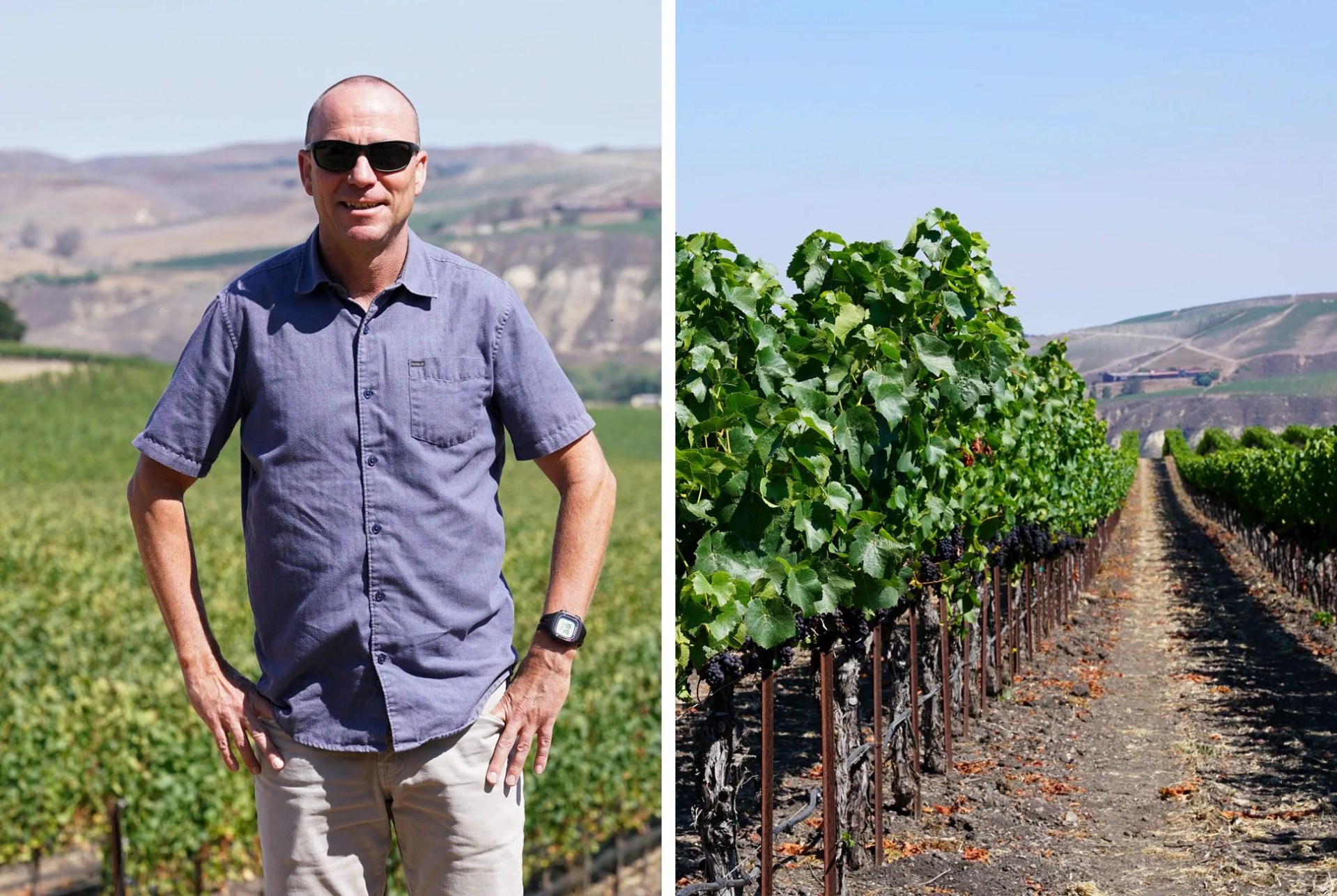
Pinot is never blended with other varietals, and to make a great pinot noir, you need to do the least amount of tampering. Manual punch-downs, gravity-fed bottling systems, and minimal interference is the name of the game. “Doing nothing is an action as much as doing something, and that’s a hard thing to learn,” said Greg Stach of Landmark Vineyards. Pinot is where winemakers come to solidify their name in the wine world. It’s a difficult variety, prone to wander. “Pinot doesn’t like to be messed with,” Stach added. “If it has an issue and you try to fix it, chances are you’re creating another issue and you’re not going to fix the first issue.” So it takes a certain patient, careful personality to cultivate. And it takes a good farmer, good soil, and the right conditions — cold nights, warm days. All of which California has.
To grow a great pinot is a great challenge, and for those with the deft hand in farming and winemaking, it makes for some of the best wine in the world. If you care about drinking the best beverages man can create, you should care about pinot noir.
Doesn’t Oregon make the best pinot noir?
Oregon’s climate imitates France’s Burgundy region very closely. And Oregon makes some fantastic pinot noir. Oregon has also grabbed the marketing niche and identified itself as America’s premium pinot region. So it goes: Napa has cab, Oregon has pinot. But while Oregon makes great wines, California makes equally good wines that still ride a bit under the radar for most wine drinkers (leaving California pinot prices relatively low).
The Perfect Pinot Roadtrip
Start in Santa Barbara
Where to Stay:
Belmond El Encanto
Where to Eat:
Lily’s Tacos ($)
Freebirds ($)
Lucky Penny ($)
The Lark ($$)
Arigato Sushi ($$)
Yoichi’s ($$$)
Drive to Monterey
Where to Stay:
The Lodge at Pebble Beach
Where to Eat:
Alvarado Street Brewery ($)
Restaurant 1883 ($$)
Cantinetta Luca ($$)
Akaoni ($$)
Nepenthe ($$)
Sierra Mar ($$$)
End in Sonoma
Where to Stay:
Carneros Resort and Spa
Where to Eat:
Diavola ($)
Russian River Brewing ($)
Juanita Juanita ($)
The Fremont Diner ($$)
Spinster Sisters ($$)
Scopa ($$$)
The main difference between Oregon and California is that CA gets more sun, so grapes get their “brix” — the sugar levels in the grapes. For pinot, the slow burn is best, but if you don’t get enough sunlight and heat, the grapes won’t reach full sugar maturity. Some Burgundy wineries will lose entire vintages due to low sugar in the grapes. California’s climate offers the right conditions for grapes to achieve proper ripeness, while also having a coastal fog that rolls in to cool the grapes every night, slowing down the overall ripening. In the end, it makes for the best of both worlds.
Who are the Californians making my wine?
“There are a lot of stuck up motherfuckers in this business,” Gary Franscioni told me after a few glasses of his Roar wine. “But that’s not who we are.” That’s a good summary. Despite all the pomp around the wine world, the people I met were normal people.
“We’re real farmers,” Mark Pisoni added. “Not like B.S. farmers.” Pisoni and Franscioni work in what’s known as “America’s salad bowl”, and in addition to grapes, they grow greens and other vegetables. They’re multi-generational farmers, wine started as a side passion with a small planting of grapes. Eventually, the wine making moved from hobby to business. That story repeated itself many times over, from John Balletto at Balletto Vineyards in Sonoma to Bryan Babcock at Babcock Winery in Santa Barbara. These people make wine because they believe that a connection to land, place and food is a relationship worth championing. “Wine is food,” Franscioni noted. And for the best of these “chefs,” it’s a dynamic relationship.
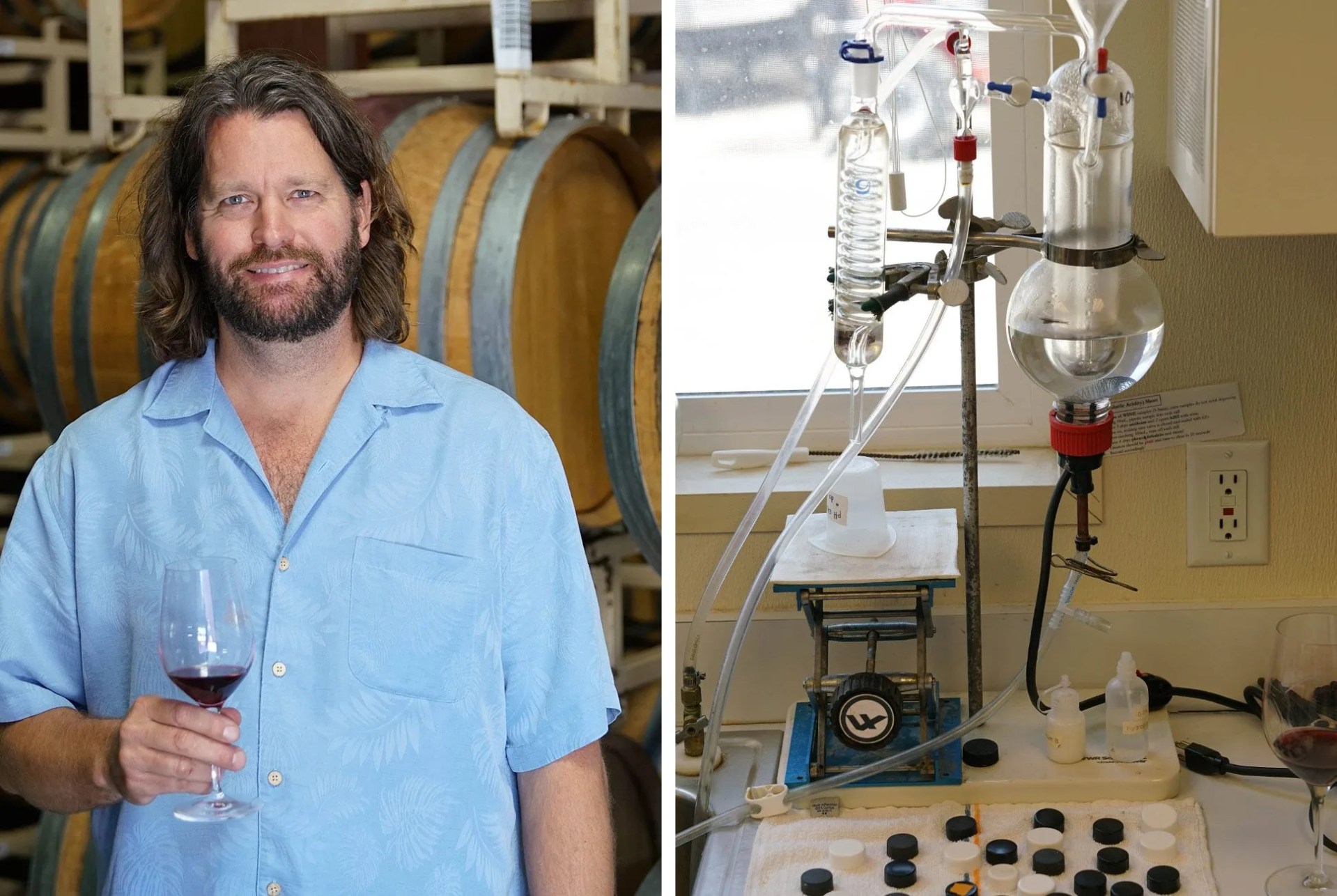
“We don’t like to do cookie-cutter winemaking,” Ana Diogo Draper, winemaker at Artesa Winery, said. “We don’t follow a recipe. For me, I want it to be quality driven and I want to showcase our site. I want it to have concentration, and be a very powerful but elegant pinot.” Site. Terroir. Soil. Land. Are all refrains I heard many times over. Wine is a representation of place, and the faithful, undisturbed pinot noir one of our best digestible representations of place.
Deborah Hall, of Gypsy Canyon Winery, said that her winemaking aims to achieve one goal: “To capture the fragrance of the vineyard in the glass.” To achieve that it takes an intersection of agriculture, art and science. “It takes a lot of hand work,” James Hall noted. “Careful pruning, shoot thinning, crop reduction, leaf removal; I go through 12 times — that’s a lot of hand work.” Good wine begins with good farming. And the people making the best wines are those that are in the vineyard.
Why isn’t more pinot noir organic?
It’s a highly contested regulatory measure. In order for wine to be deemed USDA organic, it cannot contain added sulfites. Sulfites have been used since Egyptian and Phoenician traders found that the fastest way to dry out vessels for carrying wine was to burn sulfur in those vessels. Those dried with sulfur dioxide ended up stopping fermentation and preserving the wine better during the journey. Sulfur’s been added to wine, in microscopic quantities (about 1/2,000th of an ounce per glass), for the thousands of years since.
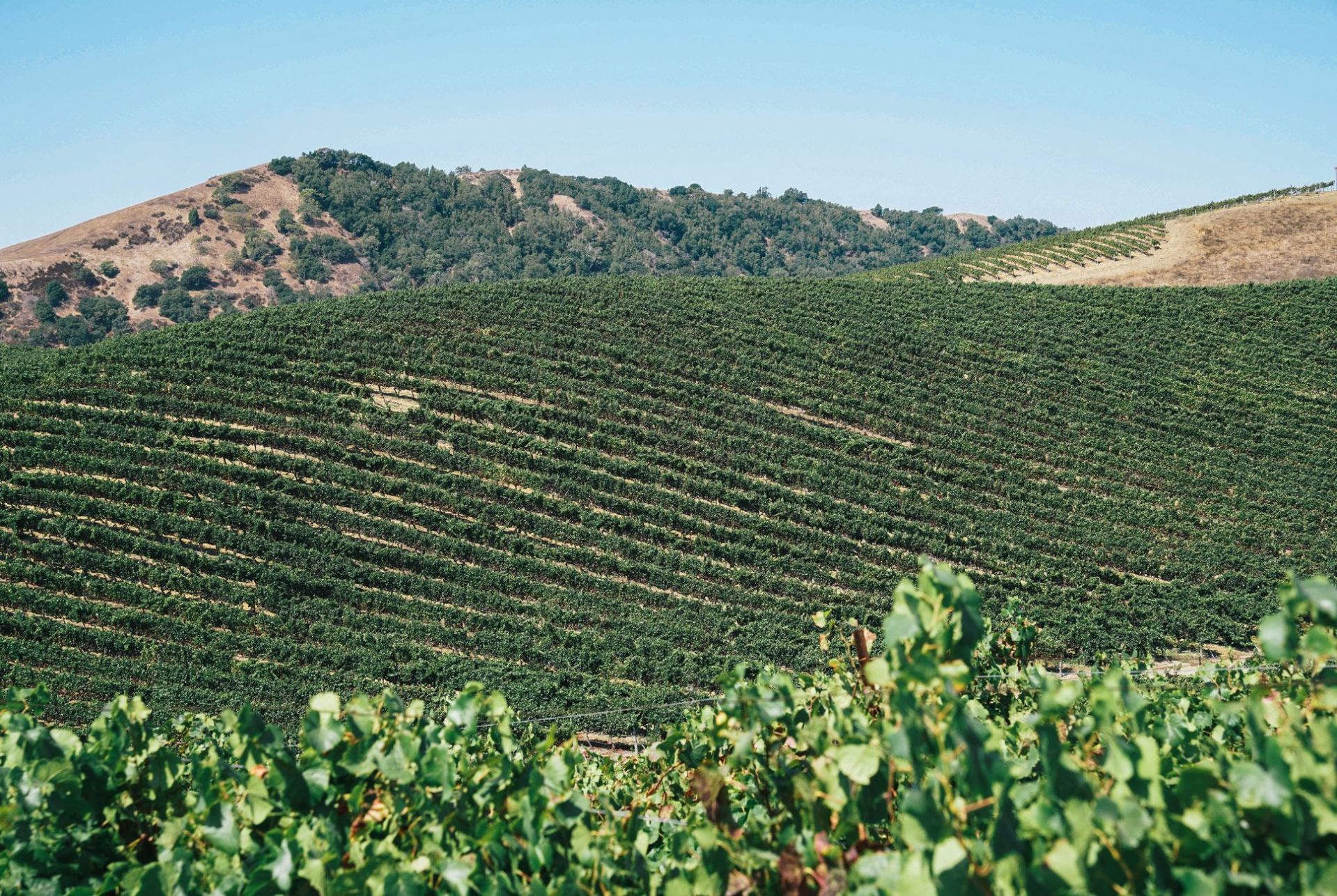
In the EU, organic red wine is allowed to have a maximum of 100 parts per million of sulfites. In America, it’s a maximum of 10 parts per million (for comparison, conventional wine has a maximum of 350 parts per million). Ten ppm is too low to effectively stop fermentation, so many winemakers making wine with fully organic practices aren’t able to label their wines organic.
“I live in my vineyard,” James Hall pointed out. “I have a twelve-year-old daughter. I don’t want to spray a lot of chemicals around the house.” And organic is better for the soil, which makes better wine. Overall, organic farming wasn’t a point of discussion, it was a widely adopted practice. But since organic certification is essentially impossible, most wineries instead seek out sustainability verification instead, like Sustainability in Practice (SIP) certification or certification from the California Sustainable Winegrowing Alliance (CSWA). For sustainability, talking about the farming or the wine in the bottle is only one part of the equation — being sustainable means that the whole system works, from profits to pay to land use and production practices.
Do you have to identify flavors to like wine?
No. None of the winemakers I talked to emphasized identifying flavors. They did identify them — all the way down to flavors like “wet dog in a phone booth” — and it’s part of why they love wine, but they never pressed this practice upon me. Mark Pisoni summed the sentiment up best. “You don’t say, ‘I’m a novice in eating hamburgers.’” If you’re an American, you’ve likely eaten a lot of hamburgers, but how many times have you started describing the flavors? So while you may be a novice in drinking wine, no one needs to know. And how to best become educated? “You just need to drink more wine.”
The Perfect California Pinot Road Trip Car
